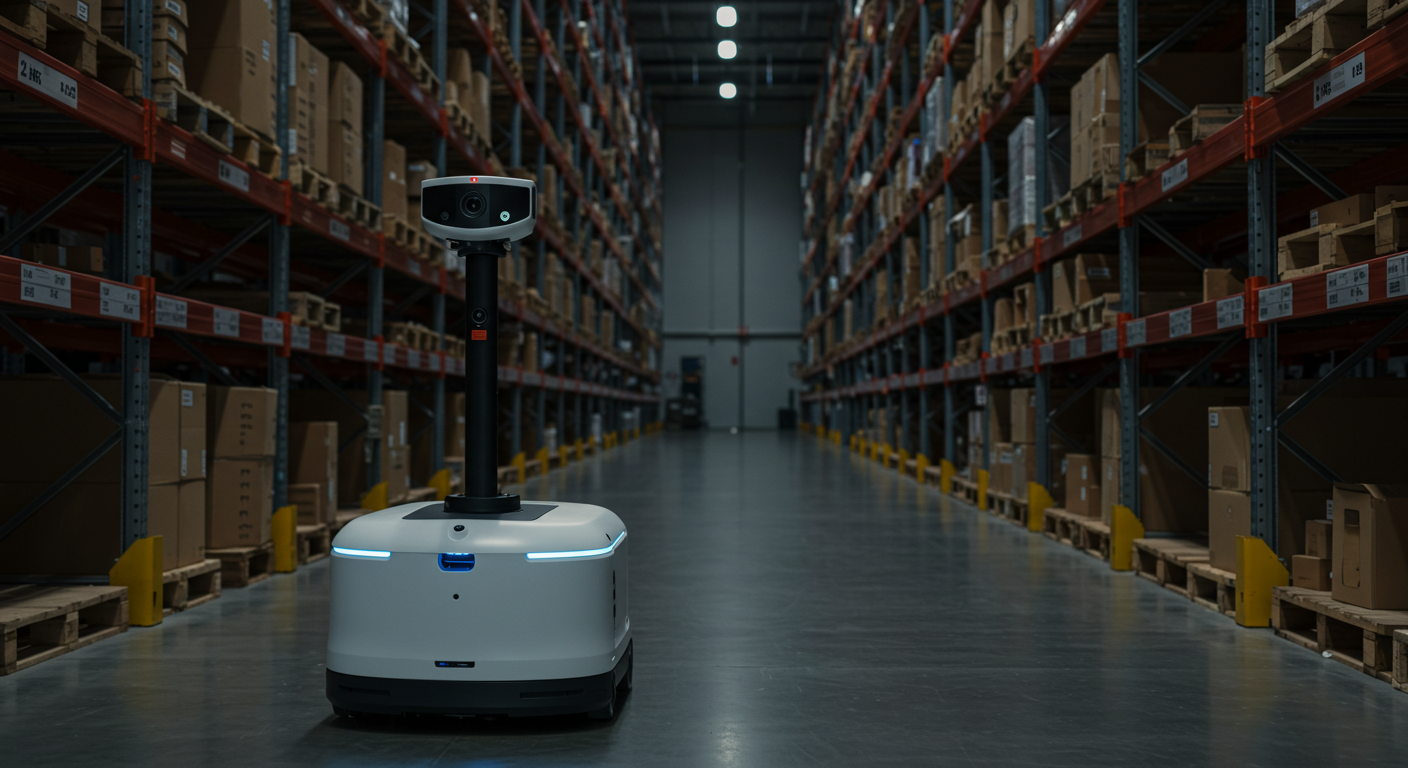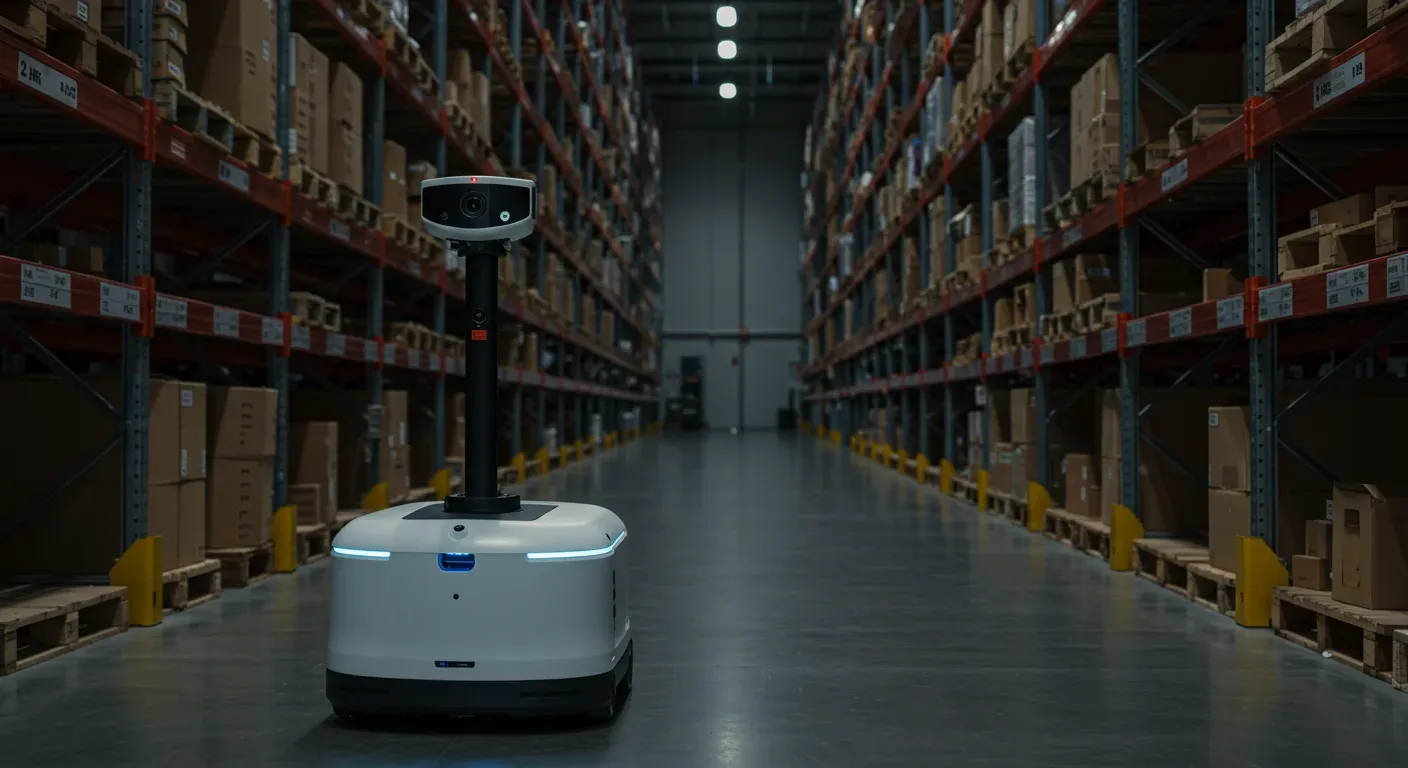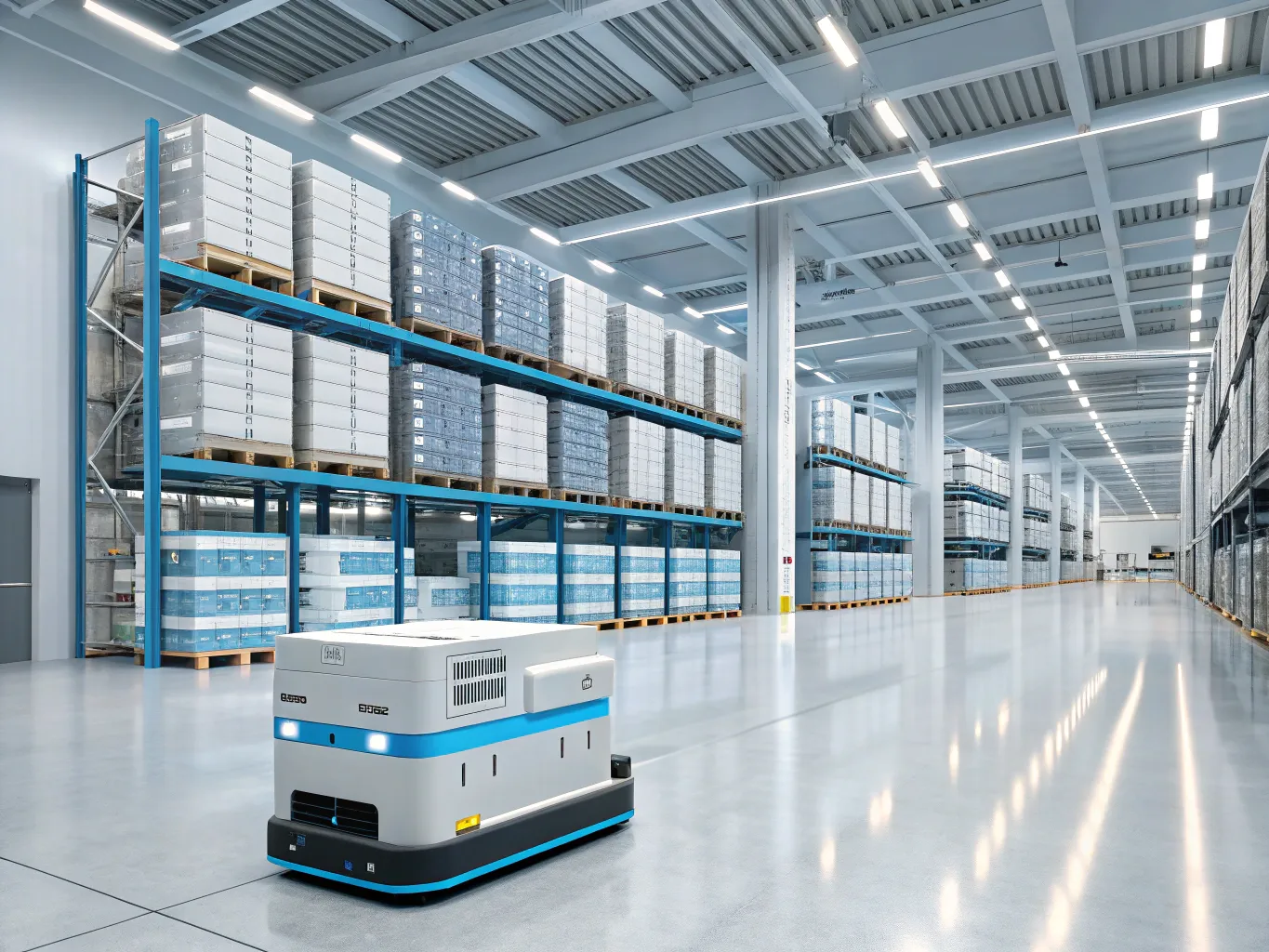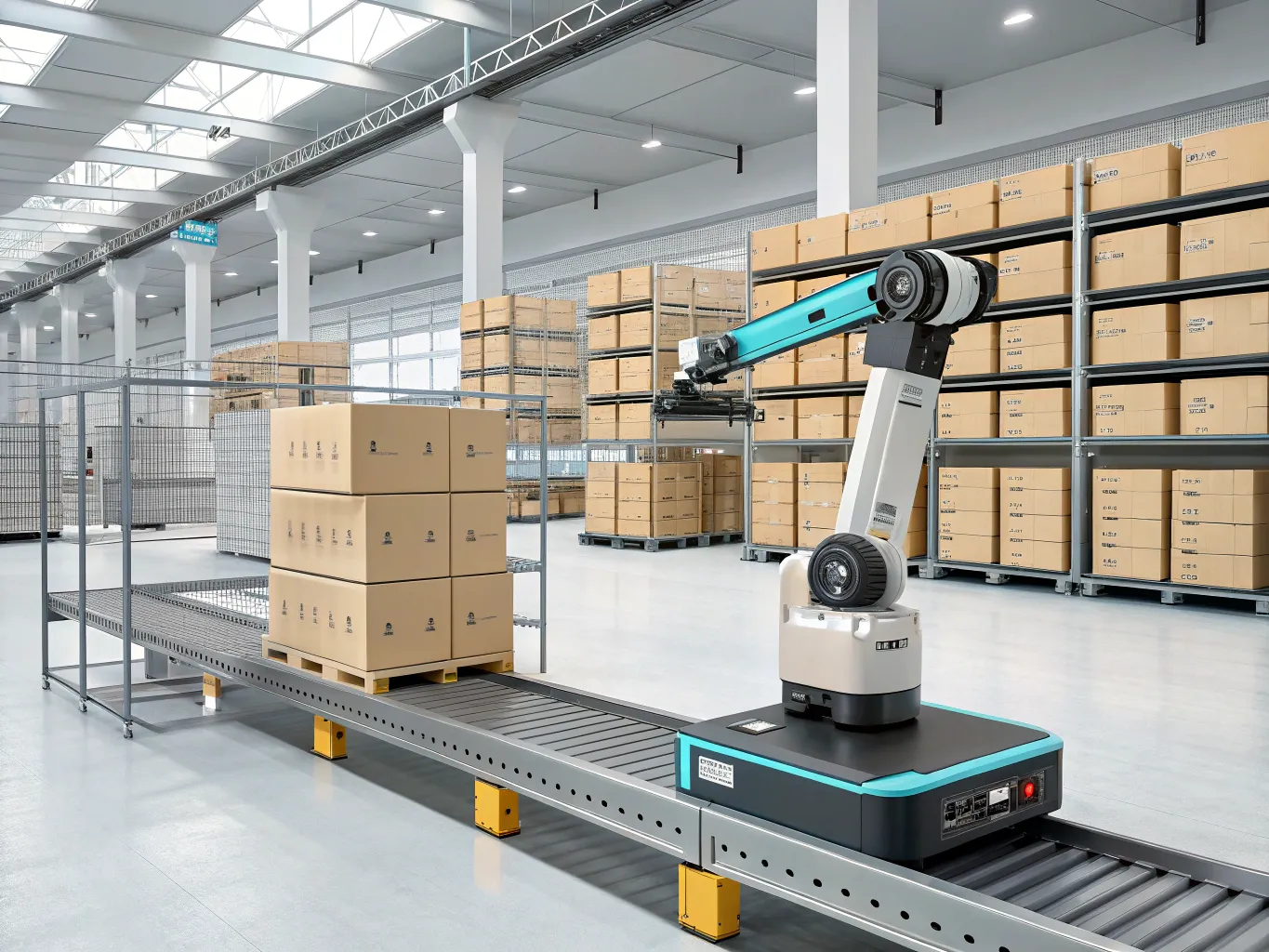
Boost Efficiency with Robotic Inventory Solutions
Leverage robotics for a 98% inventory accuracy boost while slashing manual labor costs by 40%. Streamline operations with precise, data-driven insights, helping you meet demand peaks seamlessly.
Efficient Robotic Inventory Audits


Accurate Tracking with AI Precision
Diverse Warehouse Applications
- Retail: Integrate automated sorting systems to streamline stock replenishment, reducing restocking time by up to 30%. Utilize real-time inventory tracking to prevent overstocking and ensure quick response to market demand changes.
- E-commerce: Implement advanced warehouse management systems (WMS) to handle high order volumes on peak shopping days, such as Black Friday, speeding up the fulfillment process by 40%. Leverage predictive analytics to optimize storage space usage.
- Manufacturing: Use automated guided vehicles (AGVs) to efficiently transport raw materials across the production floor, enhancing throughput by 25%. Real-time data integration aids in maintaining just-in-time inventory systems, minimizing idle times.
- Cold Chain Logistics: Employ climate-controlled warehousing solutions to maintain optimal conditions for perishable goods, ensuring compliance with health regulations and reducing spoilage rates by 15%.
- Pharmaceuticals: Deploy RFID technology to track sensitive shipments, ensuring product integrity and compliance with stringent regulatory requirements. This enhances security and reduces the risk of counterfeit products entering the supply chain.
Innovative Robotics Technologies in Logistics
- Automated Scanners: Deploy high-speed barcode scanners capable of processing up to 1,200 items per minute, drastically reducing the time required for inventory checks and enhancing accuracy across the distribution center.
- Mobile Robots: Utilize autonomous mobile robots (AMRs) for in-warehouse transport tasks, capable of reducing manual material handling time by 60% while operating efficiently in dynamic environments.
- Global Tracking: Integrate IoT-enabled tracking systems for real-time visibility of shipments, enhancing supply chain transparency and enabling proactive management of potential disruptions, reducing delays by up to 30%.
- Collaborative Robotics: Incorporate cobots to work alongside human operators in picking and packing processes, improving throughput by up to 50% while maintaining worker safety and flexibility in seasonal demand surges.
- Predictive Maintenance: Implement AI-driven predictive maintenance schedules for robotic systems, reducing unexpected downtime by 40%, thus ensuring continuous operations and optimizing asset utilization.
Key Features
Real-Time Monitoring
Gain immediate insights into stock levels with live data updates, reducing stockouts by up to 30%. With real-time alerts, proactively address inventory discrepancies before they impact operations.
Automated Data Collection
Utilize robotics for seamless data acquisition, cutting manual data entry time by 75%. This enhances data accuracy and supports complex trend analysis for strategic planning.
Space Optimization
Maximize storage efficiency with AI-driven space allocation, increasing storage capacity utilization by 20%. Optimize stacking configurations and reduce wasted space, ensuring every square foot is used effectively.
Predictive Analytics
Leverage advanced machine learning models to forecast demand patterns and inventory needs. Improve procurement accuracy by 40%, minimize overstocking, and streamline supply chain decisions with data-driven insights.
Leverage AI for Strategic Warehouse Optimization

Strategic Advantages of Robotics
- Enhanced Accuracy: Robotics in logistics enhances precision by reducing human error during order fulfillment. With adaptive algorithms, robots achieve up to 99.9% picking accuracy, ensuring customer satisfaction and minimizing return rates.
- Optimized Time Management: Robotics reduces order processing time by up to 70%, allowing warehouses to handle peak demands efficiently. Autonomous systems streamline workflows, enabling a 24/7 operational capability without downtime.
- Cost Efficiency: Implementing robotics can lead to a 30% reduction in operational costs through decreased reliance on manual labor and increased efficiency. By automating repetitive tasks, businesses can reallocate resources to strategic growth areas.
- Scalability: Robotics offers scalable solutions for growing businesses. Flexible automation can adapt to varying product lines and seasonal fluctuations, allowing companies to expand operations without significant infrastructure changes.
- Enhanced Safety Measures: Robotics improve workplace safety by managing hazardous tasks, such as heavy lifting and toxic material handling. This not only reduces workplace injuries by 50% but also ensures compliance with stringent safety regulations.
Revolutionizing Inventory Automation
Transform Your Warehouse Operations
You may also be interested in
Maximize your potential with our seamless, end-to-end supply chain solutions.

JIT Inventory Counting
Adopt Just-In-Time counting to cut storage expenses by up to 30%, boost operational efficiency by minimizing excess stock, and enhance supply chain agility. This method aligns inventory levels with actual demand, preventing overstock and reducing waste. Experience improved cash flow and quicker response to market changes through precise demand forecasting and timely replenishment.

Secure Storage
Protect and manage your assets with our state-of-the-art facilities, offering 24/7 monitoring, climate control, and customizable storage options. Our scalable solutions cater to industries like pharmaceuticals, electronics, and retail, ensuring compliance with industry standards. Benefit from reduced risk, improved inventory management, and enhanced operational efficiency.

Public Warehousing & Storage Services
Enhance your supply chain with our adaptable warehousing solutions. We offer over 500,000 square feet of storage designed for diverse inventory needs. Benefit from our real-time inventory tracking and climate-controlled environments, ensuring your products are safe and accessible. Our strategic locations reduce transit time by up to 25%, optimizing your logistics and reducing costs.